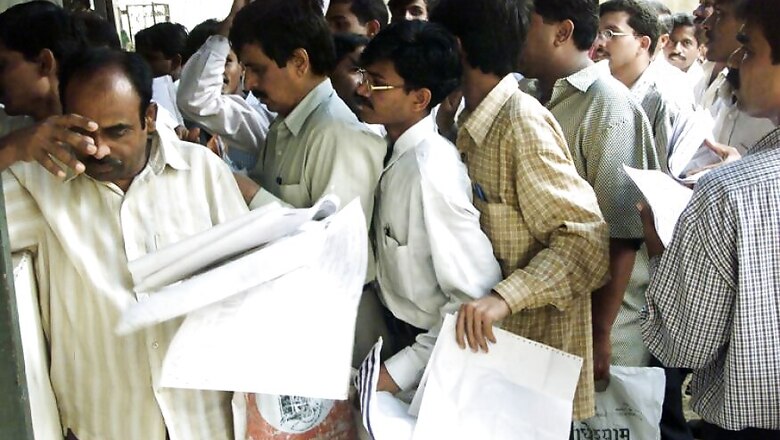
views
New Delhi: As the deadline for tabulating all the sub-castes among OBCs is approaching, the five-member commission set up by the central government is regularly hearing schools, banks and other institutions to compile the mammoth data for ‘Mandal 2.0’ ahead of Lok Sabha elections in 2019.
The castes in India are broadly classified under Schedule Caste, Schedule Tribe, OBC and General Category in government departments. However, after identification of sub-castes, the categorisation of OBCs will be further divided into smaller sub-groups like Yadavs and Kurmis. The initiative has been taken to ensure that dominant OBC castes do not get all the benefits in government jobs and educational institutions.
In order to identify the sub-castes, the Modi government had set up a five-member commission, headed by former Delhi High Court Chief Justice G Rohini, in October last year.
A special pro-forma has been sent in the last six months to government departments, both central and state, seeking caste break-up within OBC category. The Ministry of Social Justice is in now tabulating and processing the inputs as the nodal government department is overseeing the entire exercise.
The biggest challenge before the commission has been to procure credible empirical data to examine if certain OBC communities were under-represented in government jobs and education.
The Mandal Commission Data is an extrapolation of the last caste census held in 1931. The 2011 census data enumerating castes is yet to be made public by the government.
“Hundreds of PSUs, educational institutions, banks, financial institutions, DoPT which controls 24 services, UPSC, SCC, plus all the ministries, have been making their presentations to the commission. Hopefully by the end of the month we should have all the data that we need,” said a source.
News18 has learnt that companies like Indian Oil Corporation, National Hydroelectric power generation company (NHPC), NLC India Ltd, Coal India Ltd and hundreds of banks have already made their representations before the commission.
Modi government’s move to expedite the process is being seen as an initiative to gain support of Other Backward Castes ahead of the 2019 Lok Sabha elections.
As the deadline of March 28 is approaching, the commission is regularly hearing batches of companies, schools, banks and other institutions which are submitting its sub-caste data to the commission.
In an earlier conversation News18, a member of the commission, Dr J K Bajaj had stated that the panel may seek access to the 2011 caste data.
“We know what Mandal Commission did (extrapolating data from 1931 data) and it was not a good thing to do. We know that. So, we will have to look for some proxy,” said Bajaj, who is director of Centre for Policy Studies.
The government has drafted a special proforma which mentions how the details of the sub-caste under the OBC category need to be mentioned now.
“The commission is now looking at a sizeable data from all PSUs, etc. It comes to a huge number. We have been calling them up so that all the sub-caste information is give. All these places have been specifically asked to go back to the service books of each and every individual and find out the caste. It’s a mammoth task,” said the source.
The first panel to look into this issue of sub-categorisation among OBCs was by the Kaka Kalelkar Commission. Though the panel report did not materialize, states were instructed to go ahead and list out their sub castes in OBCs.
Already popular as ‘Mandal 2.0’, the Commission to examine sub-categorisation of OBCs faces the biggest challenge in lack of reliable data on caste demographics.
Now almost 11 states, like Andhra, etc have carried out their own sub-categorisation. Some states have three classes and some have four too. Mostly like other backward classes, most backward classes and extreme backward classes.
The Justice Rohini commission is the third one after Kalelkar and Mandal to be appointed by the President under Article 340 of the Constitution.
However, the need to gather data from banks, financial institutions, ministries, and corporations arose as the previous caste data gave no picture of the sub-castes.
“The survey that we are talking about is Social Economic Caste Census Data. It has three parties, Ministry of Urban planning, Ministry of Rural development and Registrar General of India. This census last time did not capture the sub castes. That basically captured the deprivation status. Caste names were mentioned but not mentioned as OBC etc and any one can state his caste in spur of the moment and there was no mandate to ask them to prove their caste,” said the government official.













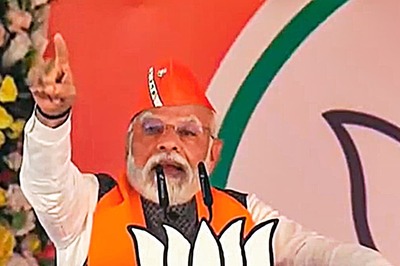
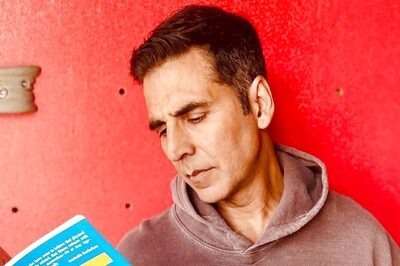

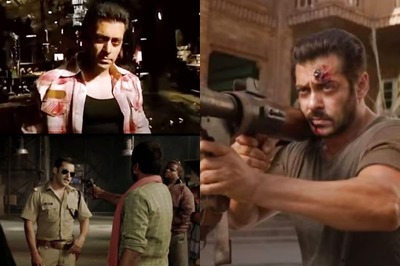
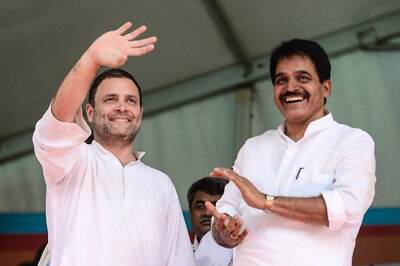
Comments
0 comment